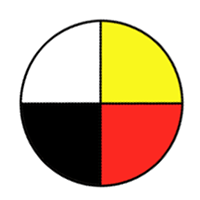Demonstrate an understanding of the relationships between oral and written patterns, graphs and linear relations.
[C, CN, R]
| (a) |
Represent a relationship found within an oral or written pattern using a linear relation. |
| (b) |
Analyse whether an oral or written pattern is linear in nature. |
| (c) |
Provide a context for a linear relation. |
| (d) |
Identify a pattern from the environment that is linear in nature and write a linear relation to describe the pattern. |
| (e) |
Identify assumptions made when writing a linear relation for a pattern. |
| (f) |
Create a table of values for a linear relation by evaluating the relation for different variable values. |
| (g) |
Create a table of values using a linear relation and graph the table of values (limited to discrete points). |
| (h) |
Sketch the graph from a table of values created for a linear relation and describe the patterns found in the graph. |
| (i) |
Describe the relationship shown on a graph using everyday language in spoken or written form. |
| (j) |
Analyze a graph in order to draw a conclusion or solve a problem. |
| (k) |
Match a set of linear relations to a set of graphs and explain the strategies used. |
| (l) |
Match a set of graphs to a set of linear relations and justify the selections made. |
| (m) |
Describe a situation which could result in a graph similar to one that is shown. |









